In the small hill station of Almora in the North Indian Himalayas, in the state of Uttarakhand, from where I write this blog post, things are moving slower than usual. The shops with groceries and pharmacies remain open for four hours every day in the morning. The region is known for birding and the birds seem to chirp much louder throughout the day with so much less business-as-usual. Usually, the onset of spring and summer form the tourist season when the town and the whole region of Kumaon bustles with tourists thronging to mountains. This season is different. The town sees locals only, stepping out in turns and at different times to buy essentials. Police enforces physical distancing as locals sometimes get impatient queuing up for their milk and food rations.
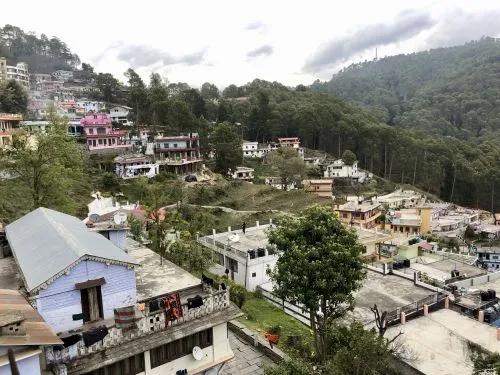
The whole state of Uttarakhand has 60 reported cases of COVID-19, so far only restricted to the plain areas. In the hill region, worry is lingering in the air. People are not anxious and count themselves lucky that they are living in mountains instead of cities. However, there is concern that if the infection reaches hill regions, life will get difficult as the mountains towns and villages already suffer from a lack of medical facilities. Although Almora is the district headquarter, the nearest hospital with minimally adequate facilities is in the nearest plain city, 100 kilometers away. News outlets report that some Himalayan peaks have become visible from cities in North India for the first time in 30 years because of a drastic drop in air pollution. Ironically, in Almora, where the Himalayas always loom tall like a guardian figure, I have not managed to catch a glimpse since the lockdown has begun.
The Himalayas in a state of exception
India is in a full and nation-wide lockdown as a response to the COVID-19 pandemic. Whereas the lockdown is disrupting normal life in India to a large extent, the Himalayas in the country’s northern and north eastern region are covered with unprecedented peace and silence.
The usual activity and footfall, caused by crowds of tourists visiting the region, is missing this spring. Nine of India’s 28 federal states, two out of eight of its Union Territories and four hill districts lie in the Himalaya. These states are amongst the country’s most developmentally disadvantaged ones, struggling with a lack of the most basic developmental infrastructure such as education, healthcare, roads, transport and network connectivity1. In addition to that, people living here have to deal with the particular challenges that living in a mountainous environment brings about.
Agriculture is the main source of livelihood for people here. In light of the COVID-19 pandemic that has swept the world and most parts of India, the mountain states of India have remained relatively safe. Barring Jammu and Kashmir, most of the states have contained the infection to single digit cases or none at all. One could argue that considering the geographical positioning and the difficulties in accessing them, mountains are naturally suited for quarantine and isolation. However, such simplistic argument would undermine the challenges that mountain people face, with or without a pandemic. The prospect of a pandemic looming over these states is a rather scary one.
Special region, special challenges
So, what are the special challenges of living in mountainous environments? First, as a result of the nation-wide lockdown imposed on India, mountain people have been even more cut off from the plain regions on which they depend for all their needs. Because of the poor infrastructure in the regions they inhabit, people living in the mountains have to flock to the closest cities to get the most basic services such as healthcare and education.
In terms of economic sustenance, agricultural value chains are not well-developed in these states. There are transportation and market access issues, even in normal times, and with the lockdown in place now, the agriculture sector stares at an uncertain future. In addition to agriculture, tourism sustains a lot of mountain livelihoods in these states, which are generally flocked by tourists in the spring and summer season. Some of the mountains house major religious pilgrimage sites which have now been closed off. Given the nature of the pandemic and the ensuing lockdown, tourism seems to be among the economically worst hit sectors. It is expected to take a long time to recover, even with unprecedented financial stimulus provided for by the government.
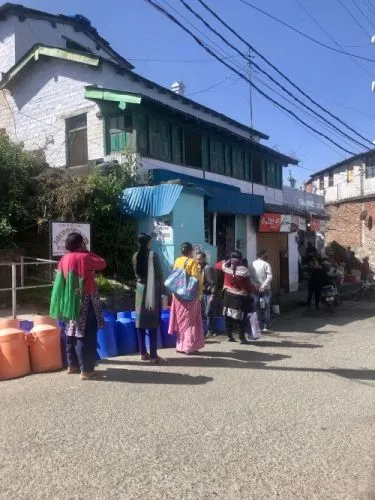
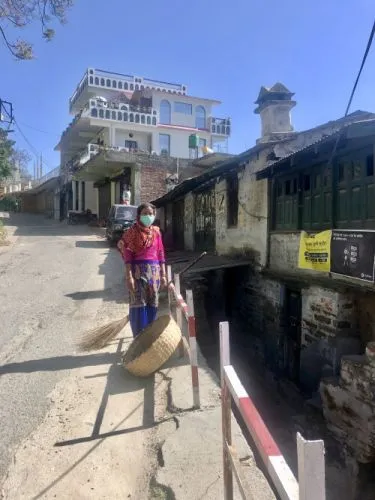
On-line options ruled out so far
While education and many occupations in the rest of urban India have gone online, this is not a realistic solution in the mountain regions. Even if the usual jobs that people have in the mountain regions were online-compatible and people could afford the hardware required for such work-study culture, the network connectivity is a matter of grave grievance and frustration. Power and network connections remain fragile under the often extreme weather conditions in mountainous regions.
In Jammu and Kashmir, the host of problems is a completely different story. In this newly created Union Territory (i.e. an administrative unit directly under the control of India’s central government) with 600 plus registered cases of COVID-19 so far, people cannot access the 4G internet. Connectivity is limited to the 2G network which is equivalent of no network at all, especially in mountains. This downsizing of network capacities was carried out due to security reasons last year in August when the former federal state was converted into a Union Territory. Since then, the internet has not been restored and people have been devoid of connectivity with the rest of India. This isolation is exacerbated by the state-imposed lockdown due to the Covid-19 outbreak. However, especially in days of pandemic, access to information is of critical importance and one can only imagine the state of isolation and helplessness that people are going through.
Mountain migrants
Persistent development and policy challenges over the years has rendered mountains states dependent on (internal) migration as a major means of supplementing their income but also of obtaining education and health services. As a result of these developments, many young people from the mountain regions who can afford to do so, have migrated to metropolitan cities like New Delhi, Bangalore, Kolkata, Mumbai for acquire ‘good quality education’ or secure their and their families’ livelihoods.
But many migrants, especially young students, have been experiencing racist incidents in the cities, because many mountain communities in India have similar features as Han Chinese. Amongst the migrant workers who have been affected by the lockdown, many people returned back home to their mountain villages before the lockdown was imposed, sensing that they might get ‘stuck’ in the cities where they were working. Many mountain state governments are now talking about how to retain the migrants who have come back home. However, it’s a complex issue that cannot be solved in the shadow of pandemic. In my interaction with such returnees in Uttarakhand, I found that they are awaiting the end of this crisis so that they can go back to their daily wage work. They enjoy the safety that the mountain villages are offering at the moment, but realize that living in the villages is no longer a long-term option for them.
Local governance and social capital: Valuable assets
From a governance perspective, rural villages are the main administrative unit in large parts of India’s mountain states. The most local governance bodies in these villages are ‘panchayat’, village councils. They have assumed an active role in many areas in mitigating the adverse effects of lockdown.
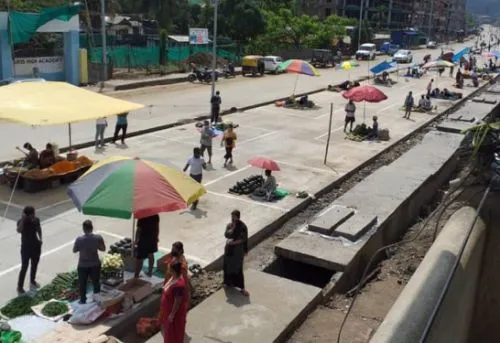
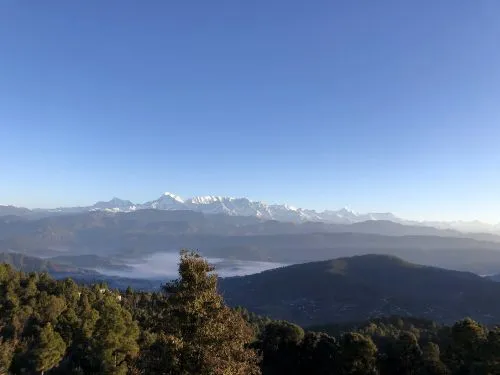
So apart from fulfilling their usual duties of rationing the food distribution to households in need and helping vulnerable people in accessing health care and governmental financial aid, they are also coming up with innovative ways to help villagers deal with the crisis. In the state of Nagaland, for example, they are regulating the number of people who enter or exit the villages, they are checking the prices of essential goods in local stores, or are even collecting extra fruits and vegetables in order to distribute them to those in need in nearby villages. They are supported by local villagers as everybody wants to help each other in this time.
Mountain communities in India - many of them tribal and indigenous - are closely-knit communities which count on each other in times of trouble. This is no different in this crisis, and many mountain people are extending help to each other wherever possible e.g. through networks of NGOs or government helplines.. Ironically, help is often provided to those who are stuck in cities. This has proven especially useful for young people who left their homes for the first time when starting studying at urban Universities. Thus, the mountain support system remains strong and reliable across distances in these times, which is a hopeful sign that they can pull through this. In the face of extreme geographical vulnerabilities and challenges aggravated by the COVID-19 pandemic, hope and social capital are going to be great assets in an uncertain future that we are apprehensively awaiting.
*) The author is a doctoral student at ZEF.
1) https://niti.gov.in/planningcommission.gov.in/docs/reports/genrep/rep_hilldev1202.pdf
More about the mountain states and COVID-19 here:
www.indiatoday.in/india-today-insight/story/-india-s-only-covid-19-free-state-1669181-2020-04-21


